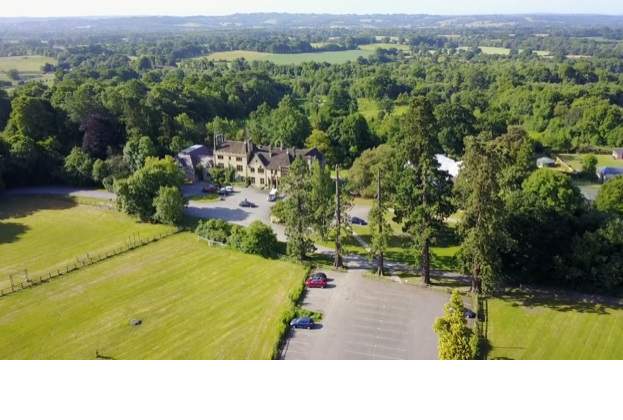As changes announced within the UK’s spring mini-budget come to fruition, the early years sector – which encompasses nursery schools for young children – is undergoing a period of adaption and growth. Following research we’ve undertaken and alongside discussions with key operators, we have identified three trends growing in prominence within the sector.
1. Evolution of staffing
Staffing is arguably the dominant theme within the sector at present, with operators often citing this as their biggest operational challenge. The crux of the problem can be attributable to the high cost of labour, as wages typically consume 50-60 per cent of an operator’s turnover. Given the increase in staffing required to support the government’s expansion of free childcare, there are concerns surrounding how this will be enacted with the current state of the labour market. Staff-to-child ratios have recently been modified from 1:4 to 1:5 for two-year-olds, which has been met with concerns around how the quality of provision may be impacted. This may however help support additional demand and soften operational staff shortages. Operators will need to focus on staff retention, incentivise roles through education and training opportunities, and provide clear career progression to aid staff satisfaction and henceforth retention. Such practices will enhance social value, which is similarly growing in importance within the early years sector and wider property market.
2. Expanding growth opportunities
Repurposing redundant buildings to create nursery provision is a continued notable trend within the sector, and the demise of some highstreet retail such as department stores, shopping centres or other vacant retail space has subsequently brought more opportunities to the market. The move of planning use classes to Class E has simplified the process of transforming dormant space to alternate uses. The popularity of former banking units as locations for children’s nurseries is a primary example of this, with plans submitted by private nursery Kinderzimmer for internal alterations of the former Lloyds unit in Berkhamsted and a former Barclays unit in South Kensington. Both sites offer a strategic location, a large pool of residential clientele, and accessibility to nearby transport connections. It’s clear this clustering of services attracts prospectus parents, as well as restoring vitality to our high streets through the identification of alternate tenants for our vacant retail space.
Aside from conversions, the co-location of other facilities alongside nurseries is gaining traction in the sector, with both parties benefitting from the cross-pollination of footfall, thus increasing demand. Examples include retail and office supply located alongside children’s day nurseries, or the co-location of children’s day nurseries and garden centres.
3. Emphasis on the outdoor world
Within our Children’s Day Nursery research spotlight we document how sustainability and the outdoor world are growing in importance and are a future trend within the sector. Recent operator sentiment has solidified this, with the majority of operators we’ve spoken to highlighting the importance of outdoor space for their sites. Forest schools have risen in popularity as a result, taking inspiration from Danish teaching methods initially led by Kids Planet who introduced the Udeskole qualification (‘outdoor school’) earlier this year. Operators also note how maximising outdoor learning enables indoor space to be minimal, thus reducing costs. This has implications in terms of site size, design and suitability.
Further information
Contact Ellie Marfleet
Children’s Day Nursery Spotlight – Autumn 2023
.jpg)
.jpg)
.jpg)
.jpg)
.jpg)
-act-promoting-sustainable-travel-to-school.jpg)
.jpg)
